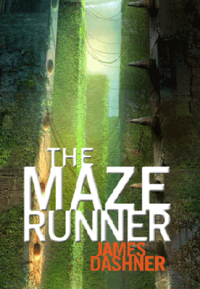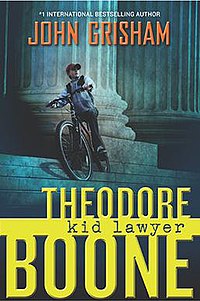 The Maze Runner by James Dashner
The Maze Runner by James DashnerDelacorte Press - October 6, 2009
384 pages
Thomas wakes up in an elevator, remembering nothing but his own name. When the elevator opens, he finds out that there are others where he has woken up. These boys (yes, they are all boys) call themselves the Gladers as a reference to where they live, a place called the Glade. Thomas feels a connection to the Maze that is attached to the Glade and thinks that he is born to become a Runner, who travel the Maze every day trying to solve it. The next day, the first girl comes to the maze, and she comes bearing a mysterious note.
Here is one thing I am going to tell you right away; there were 72 maximum boys sent there, one every month, and yet they've only been there two years. This drove me crazy through the majority of the book, and so I'm going to tell you this, because though it's revealed at the end it isn't too much of a spoiler; a large group were sent at first. This is the first book in a planned series, so I was pleasently surprised to see how much of an ending there was. Of course, it wasn't a real ending, but more was resolved than other first books in a series. The book moved a little slowly in the beginning, so it felt rushed towards the end. The characters were not too well-developed, and Thomas would get out of a pinch too easily. Another thing I'm tiring of in fiction is when somebody's arrival changes it all, e.g. The Hunger Games. Give me a protagonist who's totally ordinary and who is just trying to figure out things like everybody else, without any special powers.
Grade: B-



